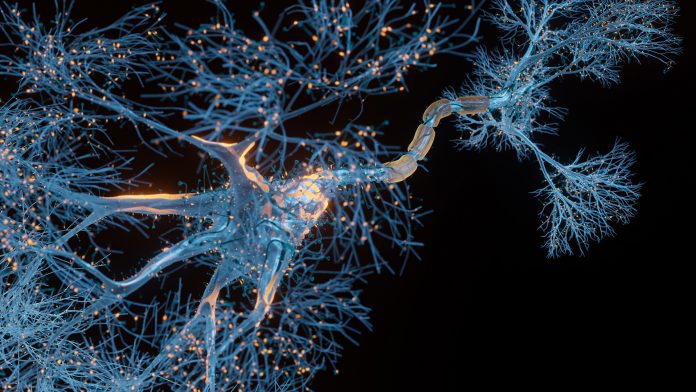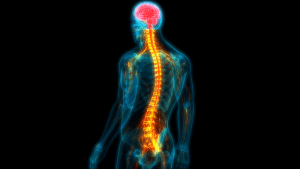
A groundbreaking study from the University of Birmingham has shown that a candidate drug called AZD1390 can repair nerve damage following a spinal cord injury.
AZD1390 is currently being developed as a therapy for cancer, but new findings from the University of Birmingham suggest the drug may be an effective treatment for spinal cord injury nerve damage. The drug may provide a treatment option for the millions of people living with a spinal cord injury, with the World Health Organization (WHO) estimating that between 250,000 and 500,000 people experience a spinal injury every year.
In cell and animal models, the team demonstrated that oral doses of AZD1390 block the response to DNA damage in nerve cells and promote regeneration, restoring sensory and motor function following spinal injury.
The results of the study are published in Clinical and Translational Medicine.
The search for a spinal cord injury treatment
A recent investigation by the same researchers showed that a different experimental drug – known as AZD1236 – mitigates nerve damage after a spinal cord injury by blocking the inflammatory response.
AstraZeneca is also investigating AZD1390 as a potential cancer treatment. They are analysing if AZD1390 can block ATM-dependent signalling and repair DNA double strand breaks (DSBs), which sensitises cancer cells to radiation therapy.
The DNA Damage Response system (DDR) is activated by DNA damage, including the DSBs in the genome. This process occurs in various common cancers and also after following a spinal injury.
This led the University of Birmingham team to theorise that continuous stimulation of this system may prevent recovery from spinal cord injury nerve damage and that blocking it would promote nerve regeneration and restore the patient’s function.

Nerve regeneration from AZD1390
Preliminary studies illuminated that AZD1390 triggered nerve cell growth in culture and inhibited the ATM protein kinase pathway, which is essential for regulating the response to DNA damage. Subsequently, the team employed animal models to analyse the drug’s effects following a spinal cord injury.
The results showed that oral AZD1390 treatment significantly suppressed the ATM protein kinase pathway, nerve regeneration beyond the site of the injury, and the ability of the nerves to transport electrical signals across the site of the injury.
Professor Zubair Ahmed, from the University’s Institute of Inflammation and Ageing, said: “This is an exciting time in spinal cord injury research with several different investigational drugs being identified as potential therapies for spinal cord injury. We are particularly excited about AZD1390, which can be taken orally and reaches the site of injury in sufficient quantities to treat nerve damage and restore lost function.
“Our findings show a remarkable recovery of sensory and motor functions, and AZD1390-treated animals being indistinguishable from uninjured animals within four weeks of injury.”
Dr Richard Tuxworth, from the Institute of Cancer and Genomic Sciences, concluded: “This early study shows that AZD1390 could be used as a therapy in life-changing conditions. In addition, repurposing this existing investigational drug potentially means we can reach the clinic significantly faster than developing a new drug from scratch.”
Both studies were supported by AstraZeneca’s Open Innovations Programme, and the University of Birmingham has filed a patent application covering the inhibition of the ATM/Chk2 DNA damage response pathway by compounds such as AZD1390.

























